Innovation is a Question
Written by: Brian Bell, Sr Innovation Lead, COIN South
Innovation is often perceived as the pursuit of finding revolutionary solutions, but its true essence is found in the art of asking the right questions. It may seem obvious that before jumping to solutions, it's crucial to understand the problem clearly. Unfortunately, there are probably more products looking for solutions rather than solutions solved by products. Along the pathway of commercial products lie piles of discarded "brilliant" solutions. Time spent upfront understanding the problem is never wasted.
Let's assume that you have identified and validated the problem as your first step in the innovation journey, and now you are ready to move on to solutioning. Unlike your problem statement, which was a deep dive to reveal nuances and intricacies at the micro level, your solution requires a broad perspective with many potential paths of exploration at the macro level.
In this blog, I'll introduce three techniques that can help you seek insight and identify opportunities. These three techniques have a few different names but are commonly known as 1) the "how might we?" approach, 2) "what if" scenarios, and 3) reframing perspectives.
1. "How Might We?" Question
The "how might we?" (a.k.a., HMW) approach turns formidable challenges into approachable opportunities. These questions are designed to be broad enough to encourage creative thinking yet specific enough to be actionable. For example, "How might we make our product more environmentally friendly?" could lead to a spectrum of solutions, from using more sustainable materials to redesigning the entire product lifecycle. This approach not only sparks creativity but also fosters an inclusive and collaborative environment where every idea is valued and explored.
2. "What If?" Scenarios
Asking "What if?" inspires us to break free from the constraints of current realities and venture into the realm of possibilities. This technique is about pushing the boundaries to explore new ideas. For instance, "What if our product could function without electricity?" This kind of questioning can lead to innovative alternatives like solar-powered devices or energy-efficient designs. It's a way of thinking that challenges the status quo and opens the door to a universe of unexplored solutions.
3. Reframing Perspectives
Reframing perspectives means looking at a situation through a different lens. This technique often reveals obscure opportunities and overlooked solutions. For example, viewing a decrease in product sales not as a failure but as a catalyst to understand customer needs better can lead to a new product or more customer-centric product development process. By changing the narrative, reframing transforms obstacles into stepping stones for innovation.
A Real-world Example
As an example, let's look at the evolution of the smartphone. In the beginning (circa 1992), the mobile phones were simply that – phones. But then, some very clever people were asked to solve the price and product adoption problem. So, they started asking some very interesting questions that transformed the smartphone into what we know it today. It wasn't just "How can we make better and less expensive phones?" but rather "How might we combine communication and entertainment in one device?" and "What if a phone wasn't just for talking but also for managing daily tasks?" These questions created a shift in perspective from seeing a phone as a mere communication tool to a multi-functional device. Reframing the perspective of a phone from a communication tool to a lifestyle enabler resulted in features like health tracking, calendar, video, mobile payment, and even augmented reality experiences. Collectively, these techniques opened new possibilities, changed the way we interact with technology, and changed the world.
At COIN South, we harness these techniques, among others, to assist businesses in navigating their challenges and uncovering new opportunities. The true power of innovation lies not just in the answers we find but in the questions we ask. It's about fostering a culture where creativity and collaboration lead the way to groundbreaking solutions. Let's keep asking the right questions – that's where real innovation begins.
